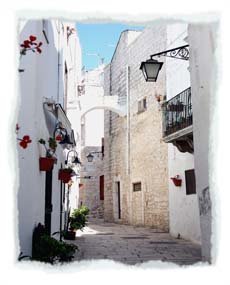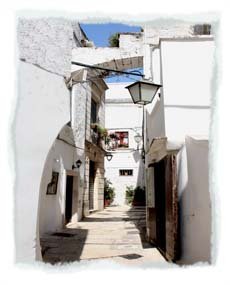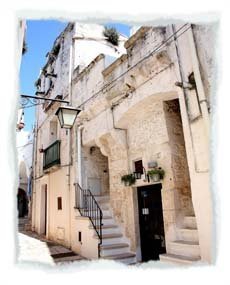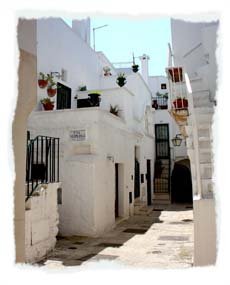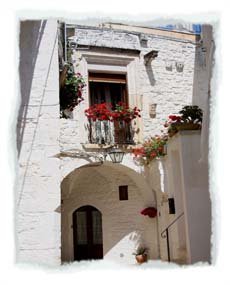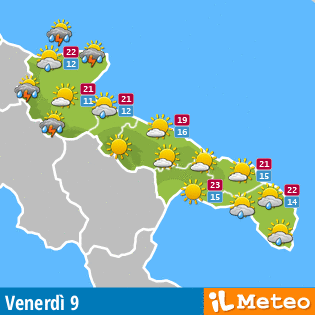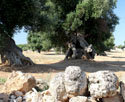Cisternino
Info Cisternino
-
Region:
Provincie:
Municipality:
CAP:
Area code:
Surface:
Population:
city hall:
-
Apulia
Brindisi
Cisternino
72014
080
54,14 Kmq
11.678
Via Principe Amedeo 72
Cisternino, a total white village surrounded by alleys, arches, stairs and balconies full of flowers
It is easy to get lost in the centre of this total white village, in a network of alleys, arches, stairs and balconies full of flowers, which is the result of the spontaneous architecture marking this town. The village overlooks the Valle d’Itria or Valle dei Trulli from a wonderful balcony and it is mentioned in the list of the most beautiful towns in Italy.
It has probably been founded by basilian monks around the year 1000, when they started building a temple which has been found under the present Mother Church. The entrance of the city is dominated by the Norman-Swabian tower: it is 17 metres high and it is a defensive structure on the top of which we can admire a statue of San Nicola di Bari, the patron saint of the town.
It is worth mentioning the Mother Church dedicated to San Nicola; it has been built during the 12th century according to the Romanesque style on the ruins of an old basilian church built in the 8th century. It shows three naves separated by Corinthian capital columns and a large transept. Within the church we can also admire some very important works of art such as two bas-relieves by one of the greatest Renaissance Apulian artists, Stefano da Putignano, in his own hand: the Madonna del Cardellino and a little tabernacle.
It the old town centre, some important mansions are well worth visiting too: del Governatore, Amati, Lagravinese and Capece. The inhabitants of Cisternino are deeply devoted to the Madonna di Ibernia who is worshipped in a shrine with the same name sited about 3 km away from the town. According to the legend the Virgin appeared in this place asking for a church in her honour.

